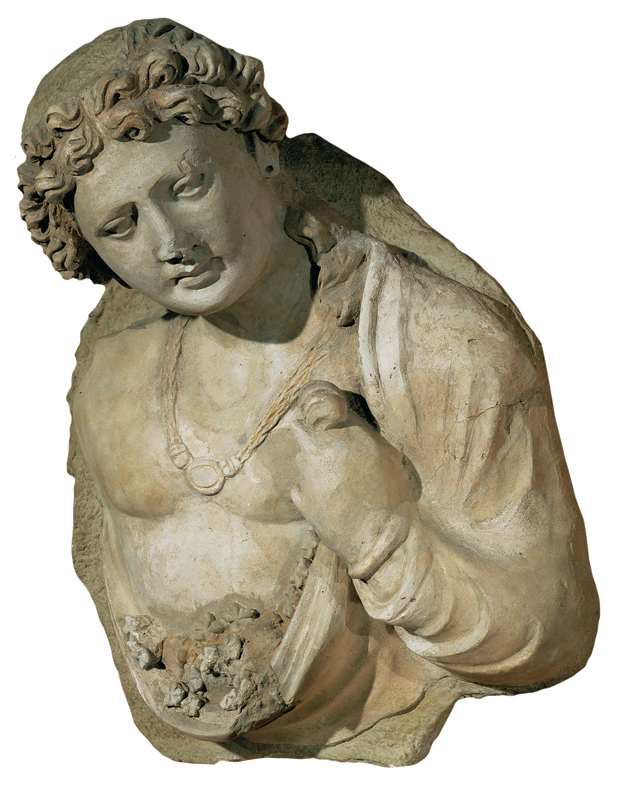A History of World Societies:
Printed Page 80
A History of World Societies Value
Edition: Printed Page 77
Encounters with the West

India became involved in the turmoil of the sixth century B.C.E. when the Persian emperor Darius conquered the Indus Valley and Kashmir about 513 B.C.E. Persian control did not reach eastward beyond the Punjab, but even so it fostered increased contact between India and the Near East and led to the introduction of new ideas, techniques, and materials into India. From Persian administrators Indians learned more about how to rule large tracts of land and huge numbers of people. They also learned the technique of minting silver coins, and they adopted the Persian monetary standard to facilitate trade with other parts of the empire. Even states in the Ganges Valley, which were never part of the Persian Empire, adopted the use of coinage.
Another result of contact with Persia was introduction of the Aramaic script, used to write the official language of the Persian Empire. To keep records and publish proclamations just as the Persians did, Indians in northwest India adapted the Aramaic script for writing several local languages (elsewhere, Indians developed the Brahmi script, the ancestor of the script used for modern Hindi). In time the sacred texts of the Buddhists and the Jains, as well as epics and other literary works, came to be recorded using Aramaic script to write down Indian languages.
The Persian Empire in turn succumbed to Alexander the Great, and in 326 B.C.E. Alexander led his Macedonian and Greek troops through the Khyber Pass into the Indus Valley (see “Hellenistic Society, 323–30 B.C.E.” in Chapter 5). The India that Alexander encountered was composed of many rival states. He defeated some of these states in the northwest and heard reports of others. Porus, king of west Punjab, fought Alexander with a battalion of two thousand war elephants. After being defeated, he agreed to become a subordinate king under Alexander.
The Greeks were intrigued by the Indian culture they encountered. Alexander had heard of the sophistication of Indian philosophers and summoned some to instruct him or debate with him. The Greeks were also impressed with Indian cities, most notably Taxila, a major center of trade in the Punjab. The Greeks described it as “a city great and prosperous, the biggest of those between the Indus River and the Hydaspes [the modern Jhelum River] — a region not inferior to Egypt in size, with especially good pastures and rich in fine fruits.”3 From Taxila, Alexander followed the Indus River south, hoping to find the end of the world. His men, however, mutinied and refused to continue. When Alexander turned back, he left his general Seleucus (suh-